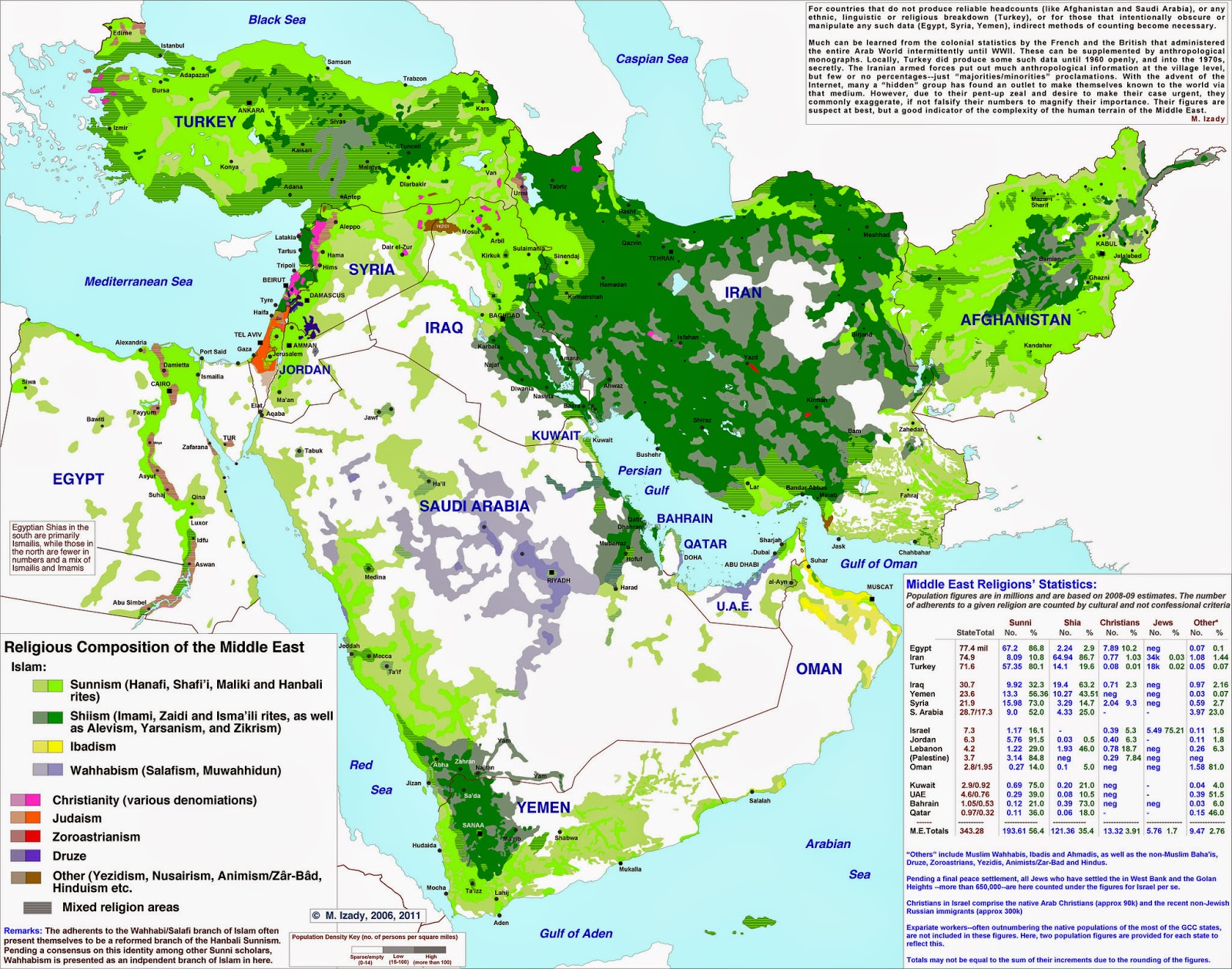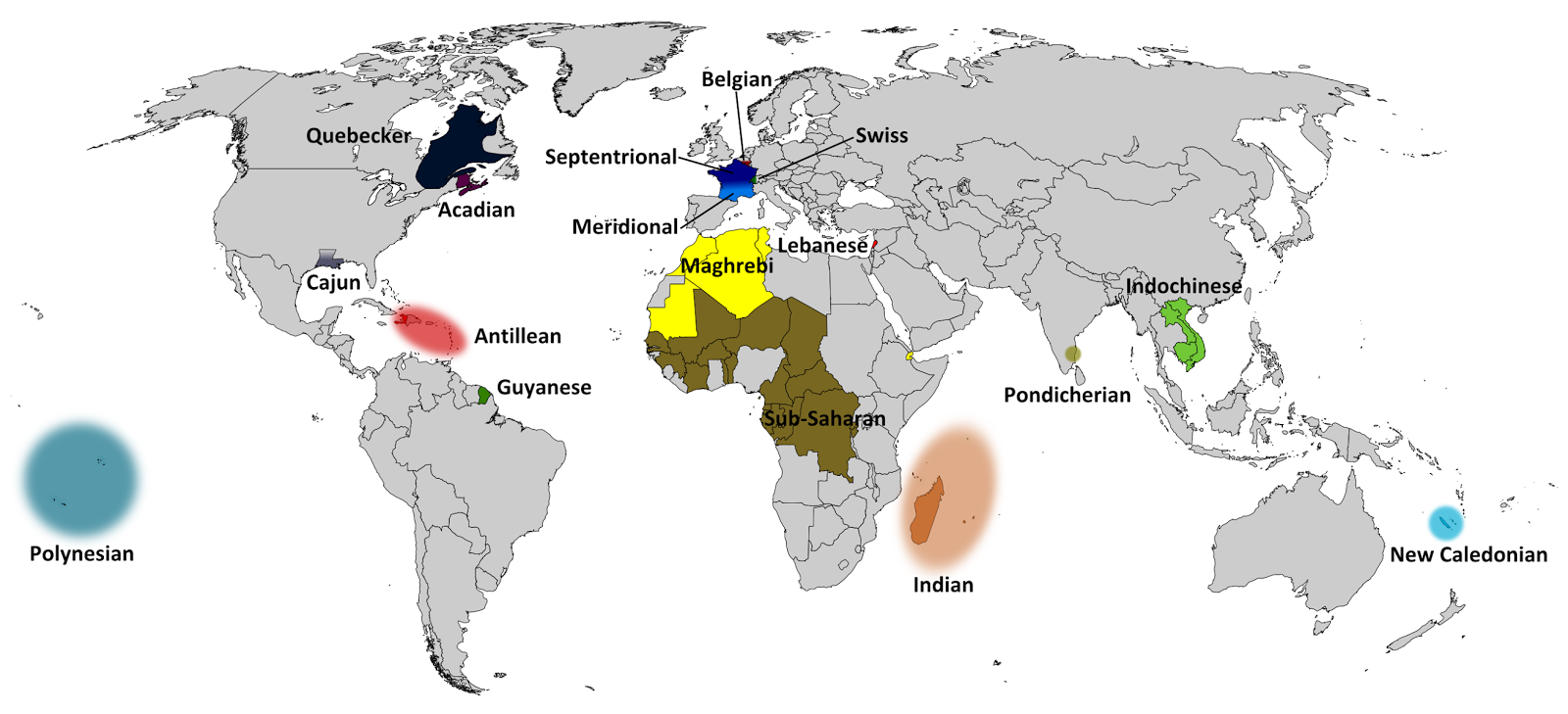Religious Composition of the Middle East
For countries that do not produce reliable headcounts (like Afghanistan and Saudi Arabia), or any ethnic, linguistic or religious breakdown (Turkey), or for those that intentionally obscure or manipulate any such data (Egypt, Syria, Yemen), indirect methods of counting become necessary.
Much can be learned from the colonial statistics by the French and the British that administered the entire Arab World intermittently until WWII. These can be supplemented by anthropological monographs. Locally, Turkey did produce some such data until 1960 openly, and into the 1970s, secretly. The Iranian armed forces put out much anthropological information at the village level, but few or no percentages—just “majorities/minorities” proclamations. With the advent of the Internet, many a “hidden” group has found an outlet to make themselves known to the world via that medium. However, due to their pent-up zeal and desire to make their case urgent, they commonly exaggerate, if not falsify their numbers to magnify their importance. Their figures are suspect at best, but a good indicator of the complexity of the human terrain of the Middle East.









